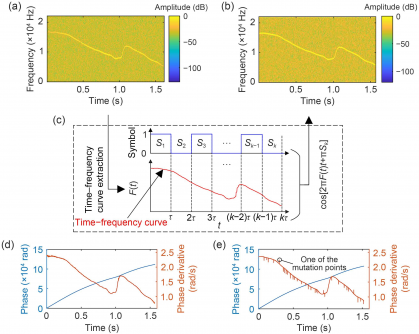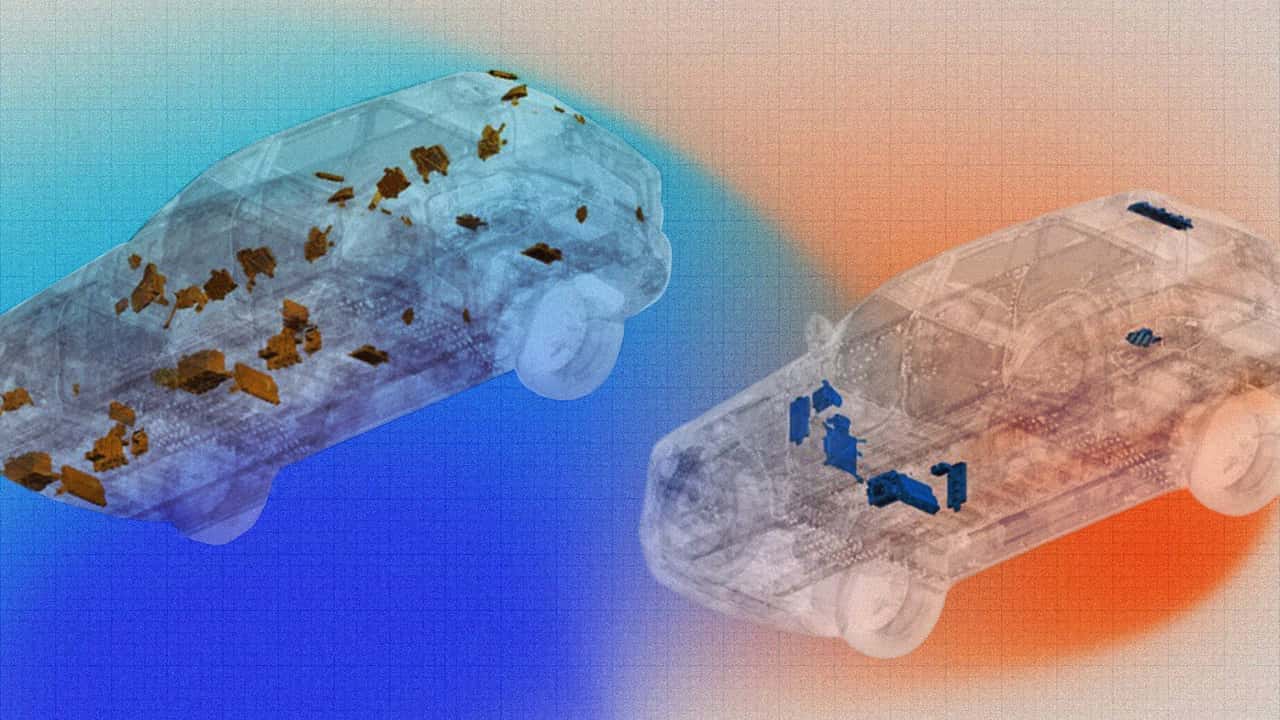URGENT UPDATE: A groundbreaking recognition method for underwater communication signals that mimic dolphin whistles has just been unveiled by researchers from Tianjin University and the Shenyang Institute of Automation, Chinese Academy of Sciences. This innovative technology promises to revolutionize underwater acoustic communication in military applications, enhancing stealth capabilities during maritime confrontations.
In the face of traditional communication methods’ limitations, this new approach uses advanced techniques to improve signal recognition accuracy amidst challenging underwater environments. Conventional signals often misclassify dolphin-like communication as natural ambient noise, jeopardizing covert operations. The new method tackles this issue head-on by employing a convolutional neural network (CNN) for precise signal recognition.
The team’s method consists of three vital steps:
1. **Spatial Diversity Combining (SDC)**: This step strengthens main path signals and minimizes interference from multipath propagation, crucial for underwater channels.
2. **Time-Frequency Spectrum (TFS) Mask Filtering**: By treating the TFS as a 2D image, researchers can effectively extract whistle signals from noisy backgrounds. Innovative filtering techniques are applied to enhance signal clarity.
3. **Phase Derivative Spectrum and CNN Recognition**: Utilizing the Hilbert transform, the extracted signals undergo analysis via a CNN, achieving a remarkable recognition accuracy of 90% in simulations at a signal-to-noise ratio (SNR) of 0 dB.
Field tests conducted in Tianjin University’s Qingnian Lake demonstrated the method’s real-world applicability, achieving a recognition accuracy of 81% over a communication distance of 150 meters with an SNR of 6.36 dB. Although slightly lower than simulation results, this accuracy underscores the method’s effectiveness even in complex underwater environments.
The research team, led by Qingwang YAO and Fajie DUAN, emphasizes that this sophisticated technique could significantly enhance covert communication capabilities in military and civilian marine operations. By accurately identifying signals that mimic dolphin whistles, the method effectively leverages nature’s strategies for improved concealment and deception.
These advancements in underwater communication technology could redefine operational strategies in naval engagements and search-and-rescue missions, ensuring safer and more efficient operations under the sea.
As the implications of this research develop, the scientific community eagerly anticipates further validations and potential applications. For an in-depth understanding of this innovative recognition method, access the full research paper here: Recognition method for underwater communication signals that mimic dolphin whistles using phase-shifting modulation.
Stay tuned for more updates on this exciting breakthrough that stands to change the landscape of underwater communication forever.






